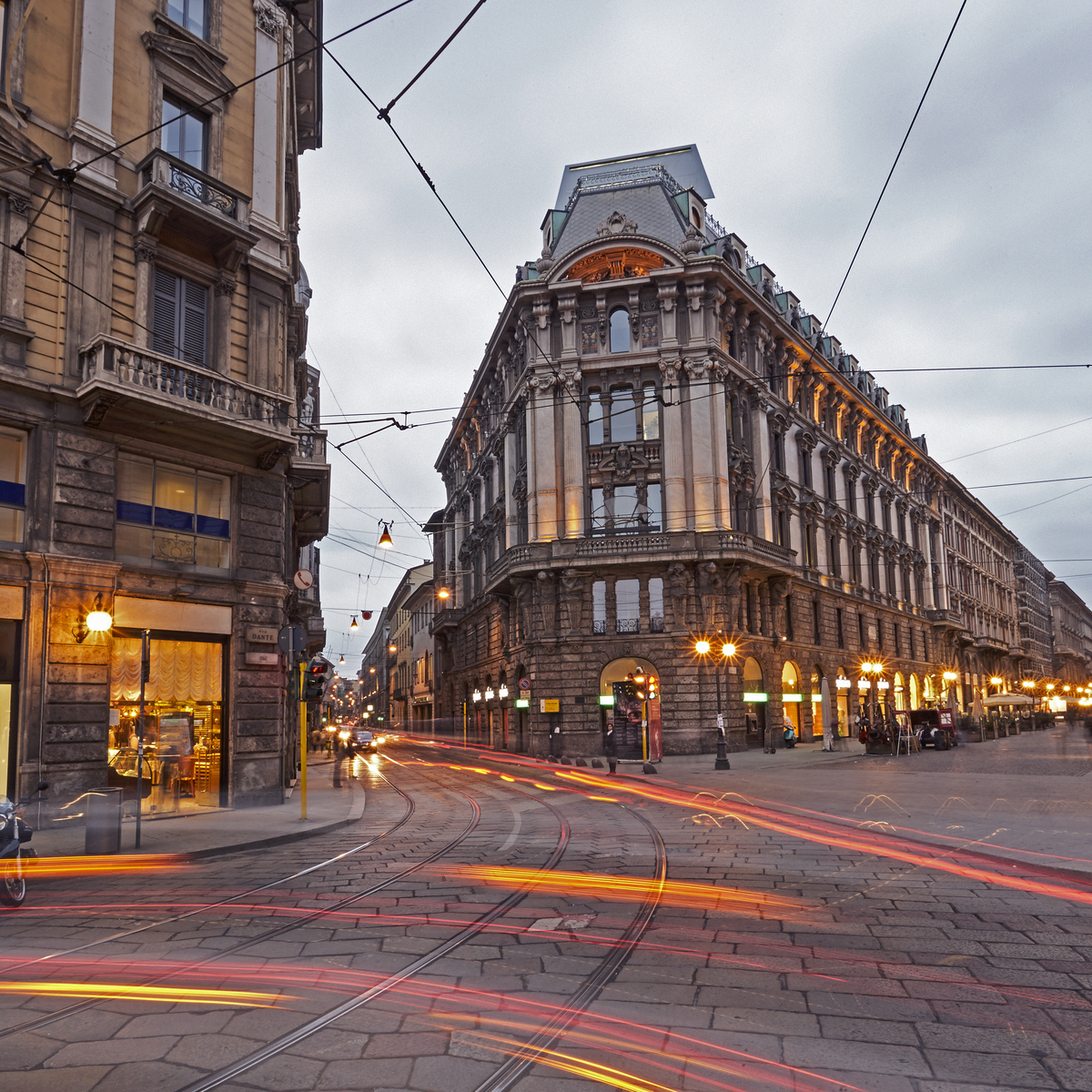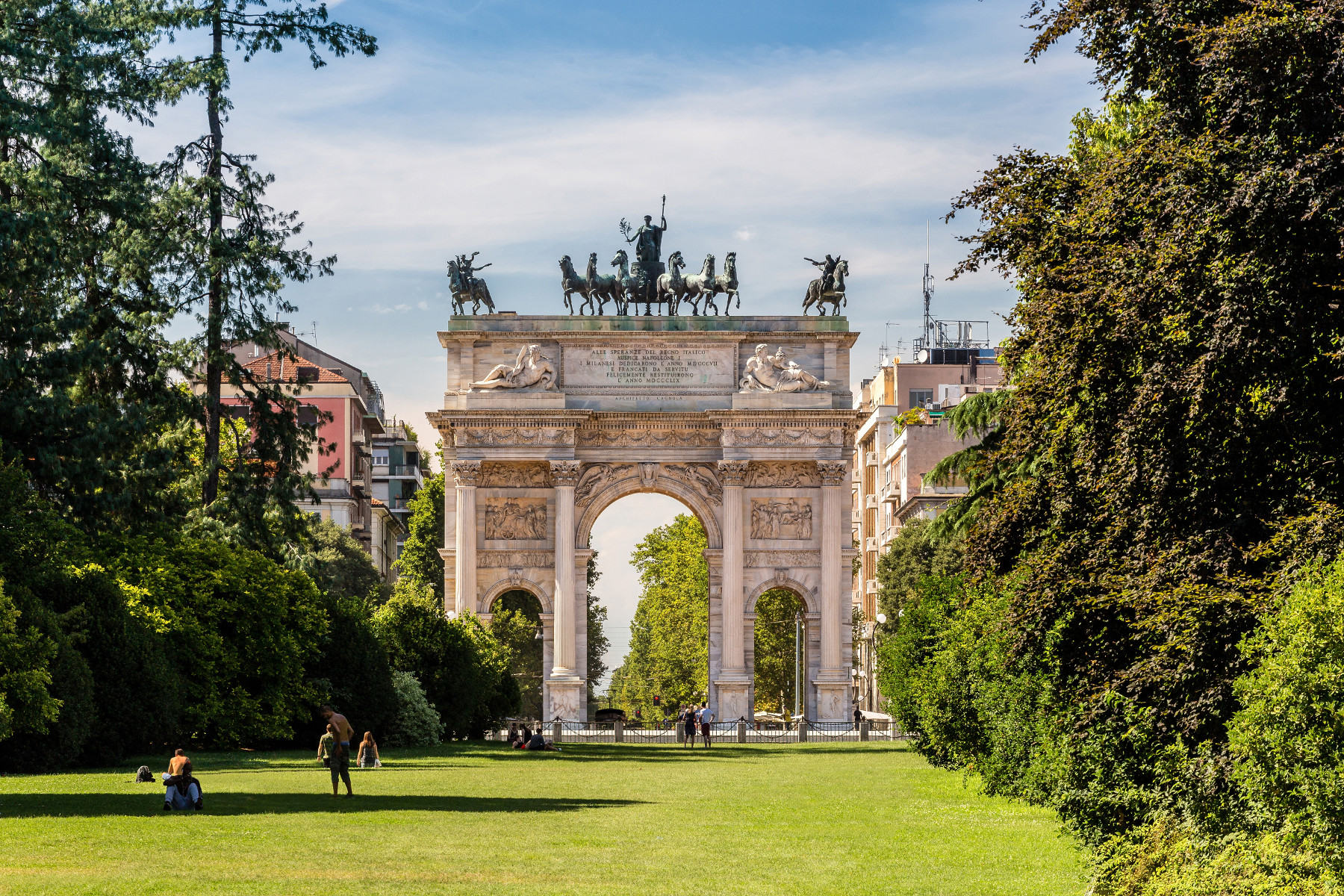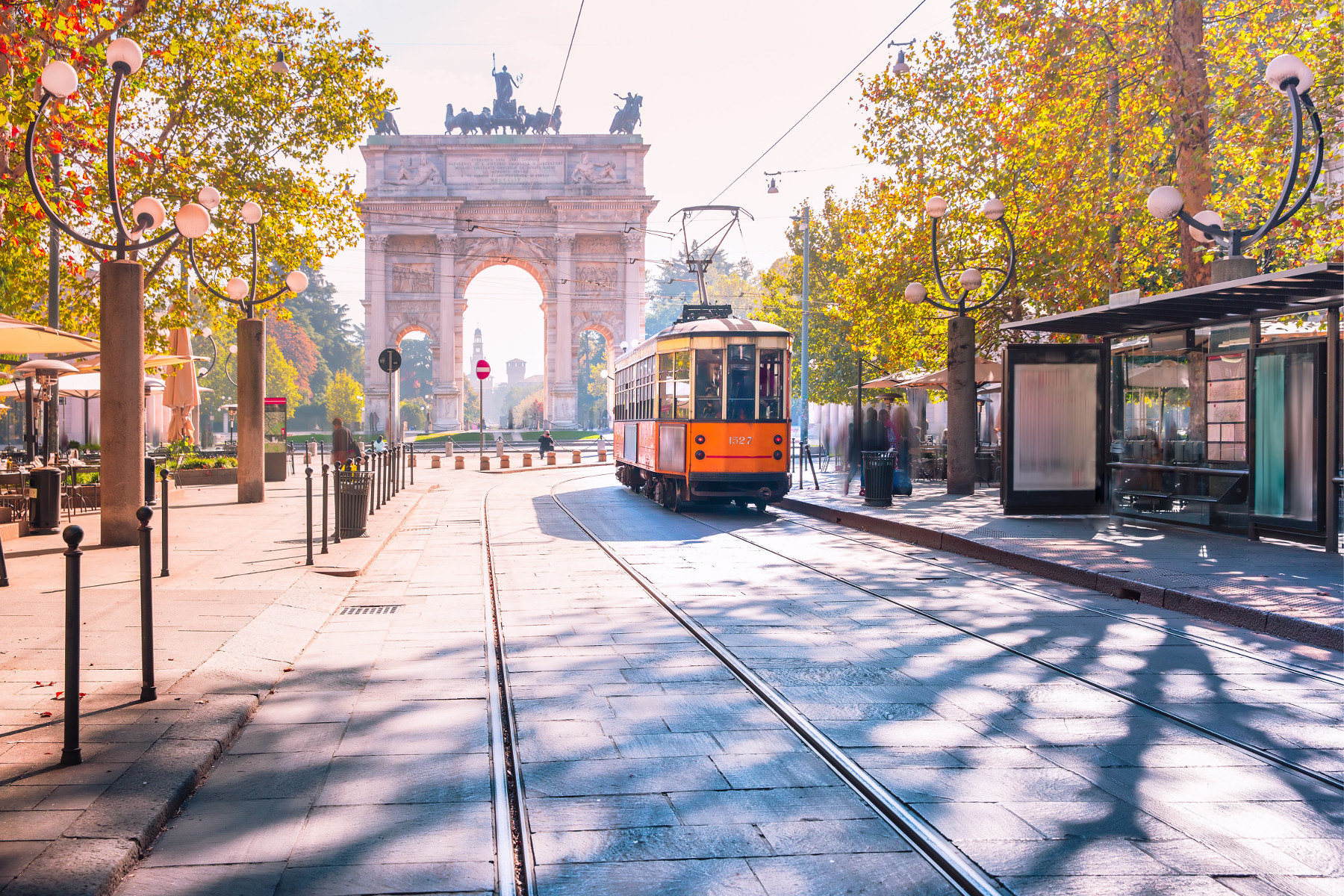
How to Travel on a Budget: Milan
Stop for a second and contemplate why Italy is one of the most popular tourist destinations in the world. Chances are you will come up with some of the following reasons: because the food is great, the people are nice, the history is incredible, the cities are gorgeous, the weather great, and the mood romantic. Another big part of why absolutely everyone loves Italy is that it is not expensive.
Sure, there are cheaper things than Portofino in July or handmade Italian calfskin gloves, but on the whole, Italy is not as costly to visit as many other European countries. This applies especially to the south of Italy, meaning Rome and everything below it, but what about the north? Well, you will find that not much is different there, either, whether you find yourself in Bologna or Milan.
The capital of fashion, of course, cannot afford to be called cheap, having to keep up with an impossibly chic image, but you’re in for a pleasant surprise if you are planning a visit to Milan. The most money you will spend is of course on staying somewhere, since that is something mostly foreign tourists do and prices can be hiked up a fair bit, but even there, rates are nowhere near as high as in Sweden or Switzerland. Prices for lodging fluctuate a lot in Milan depending on what event is in town, and it takes some planning, some luck, and a knack for timing to hit a lull, but once you do, you can find great hotels for a reasonable rate that can (and do) cost three or four times that price during fashion week.
Try to see Milan for the city of duality that it is: you can aim for both ends of the budget spectrum in most anything you do, and there certainly is a Milan far beyond the reach of most people, financially speaking. But then there is a Milan open to any budget, too. The beauty is that those two live intertwined, comfortably alongside one another – something that cannot be said about London, for instance, where lines are clearly drawn. Italians are people who relish simplicity and quality above all and know their way around life so well they won’t pay a penny more than they have to.
Read on for some inspiration and ideas on how to do more for less in Milan.
Eat and Drink
As said, it is easy to dine away your life savings in this town, sure, but it is similarly easy to eat on the cheap. What is difficult to say is which is better. There is truly no end to the competition between the Michelin star fine dining and osterias, trattorias, and, ristoranti that serve you a first course (meaning some sort of pasta preparation) for the price of a glossy magazine.
You’ll be spoiled for choice, here, so your best bet is to find a place that looks like your grandma decorated it, which usually means that someone’s grandma did, something that in turn suggests that she’s the one doing the cooking – so you really can’t go wrong as long as you go somewhere not at all fancy. That’s that for both dinner and lunch.
As for your other meals, you will have the breakfast of every Italian across the boot, which is a cappuccino and brioche or cornetto, both names for the Italian croissant, standing by the bar, along with everyone else. If Italy had a queen, that is how she would have it, too.
The most important meal of the day is, of course, the aperitivo, or the free food you get with the purchase of a drink when the workday is out. See our list of the places to drink and dine for options, or go anywhere there’s a crowd at seven in the evening and stuff yourself with food for the price of a glass of wine (anywhere from five to 10 Euros). Other than that, every street in Milan has fantastic, on-the-go options like pizza and focaccia by the slice or arancini, literally meaning little oranges, which are actually fried rice balls stuffed with cheese and other such lovely things.
Also, as unorthodox as it may be to mention this in an article on Italy, Milan does Chinese food fantastically well and has plenty of options that flatter a budget. To enjoy a break from pizza and pasta, head to the Chinatown area, around via Paolo Sarpi, and try authentic Chinese delicacies. The food here is centered around the cuisine of Zhejiang province since that is where most of the residents of Italy’s largest Chinatown originate from.
Stay
This is where things can get a bit tricky. First of all, you must know that coming to Milan during events like the Salone del Mobile, Fashion Week, or any other crowd-drawing shindig can and will kill your budget. And the problem is that there are a lot of these events all over the Milanese calendar, so getting a good deal on hotels takes a bit of planning. This, however, does not mean it is undoable, far from it!
If you book far enough ahead, to a time when the circus isn’t in town, or better yet, has just left, you can almost stay at the Principe di Savoia for free. Well, not quite – but booking a couple of months ahead can certainly halve the price on even the fanciest of hotels.
If you don’t have the time and want to go next week, it can also help to, in an admittedly risky move, book last minute. Doing this works better in Milan than elsewhere, though the reasons for this remain a mystery. Unlike in many other cities, rentals prices are generally too high for even the more modest apartments.
The fanciest hotel with the best price is Nhow Milan, a design hotel in the Navigli area that feels like you’re staying in a contemporary museum. The best budget option is Starhotels in Viale Fulvio Testi: A basic hotel that still has that very Italian flair for style at a great price. This franchise has a few other locations in town, so make sure you find the right one. The hotel is rather far from the center of town, but the metro is right there, which makes this compromise very convenient.
Shop
In keeping with the theme of “either/or,” you can go to Via Montenapoleone and max out your credit cards for a shopping bag that weighs tragically little on your arm, or you can shop till you drop on the Milanese high street, Corso Buenos Aires, and then go haggling at one of the Flea Markets if you haven’t hit your shopping target.
On weekends, especially, you can find shining examples of the latter all over town, with garments from well-known Italian designers – of, it must be said, mysterious sourcing – sandwiched between ill-fitting sweaters or shirts with nonsense written all over them. Be on the lookout for deals like that, and don’t tell anyone where you got your new silk dress from, but make sure to brandish a smug smile when they ask.
As for the very best in budget purchases, here’s one for the ladies: the finest quality makeup you can find for any price happens to be incredibly cheap. The Italian brand kiko has a store on virtually every Milanese corner, and their ever-changing selection is to die for, next to being shamelessly economical. Park your husband somewhere and tell him you’ll take a while.
For lovely, quality shirts with a reasonable price tag, people head to Nara Camicie, an Italian shirtmaker, while for intimates and bathing suits, there’s no beating Calzedonia and Intimissimi. Unfortunately, with shoes, the price pays for the quality, and you won’t find soft as butter leather loafers on a budget.
See and Do
You’re in luck because there’s plenty of free stuff to do in Milan that feels like they should make you pay for it. Such is, for instance, the Duomo, which is free like all places of worship – with a small caveat: tourists must pay to enter, though people going to pray must not, so if you leave your camera at home and put on your most pious face, they should let you in at no charge, though the view from the top of the church comes at a reasonable fee for everyone.
To get the best free views, head up to the top of Rinascente, the department store right by the Duomo, which has the added benefit of looking at the monolithic cathedral. All other churches in town are free of charge entirely, and there is a unique joy in visiting those in Italy, the nation that holds within it another tiny nation, that of the Vatican.
Fine, San Marino is also technically a nation unto itself surrounded by Italy, but that is a topic for another day.
It goes without saying that the Parco Sempione, a glorious park in the middle of the city, is free for the birds, bees and, you. Ospedale Maggiore is the fulfillment of every architectural fanatic’s dream and visiting it comes at absolutely no cost. The trusted old Navigli are always free to see, and the views of the canals at sunset are priceless.
Transportation
Here’s a fun option that may not be glaringly obvious: get on an old tram – and by old, we mean you can take your pick from the oldest ones still operating anywhere in the world – and see the city for the price of a ticket. It’s like history in motion.
The best line is no. 1, the first one, which takes you along many important sightseeing spots of the city. It serves to note that one ticket can be used for multiple trams, so you can get off wherever you like and get on again, as long as you stay within the ninety-minute limit.
If you’re looking for some inexpensive travel but want to avoid public transport, try the bike sharing system in Milan, where you can rent a bicycle from a stand – and there are countless around town – using your credit card. You can return the bike to any of the stands and take a new one at any time of day or night. This has the added benefit of making you feel like you live in Milan and are just riding home from your Italian job to your Italian life somewhere across town.
Museums in Milan may be expensive, but you also have the chance to see plenty of free art around town that you won’t even have to wait for: all you need to do is head to the Isola district. Take your camera, come down here, and have an aperitivo at one of the cooler than cool bars with the time and money you saved not going to whatever museum your guidebook keeps insisting you go to.
Explore
Finally, there’s an option you might not want to consider if you’re set on staying in Milan the entire trip, but if you’re up for some exploring, many interesting cities are just a short, inexpensive train ride away.
There’s Pavia, a gorgeous little town just outside of the city; Bologna, the next larger city absolutely worth visiting if only to discover that neither spaghetti Bolognese nor baloney is a “thing;” or Como, the ravishing lakeside town made famous by George Clooney. Whether you run into him casually strolling up and down in front of his gate all day is not for us to say, but what we do know is that you’ll love going back to Milan once you’re done. Like everyone who lives here.

